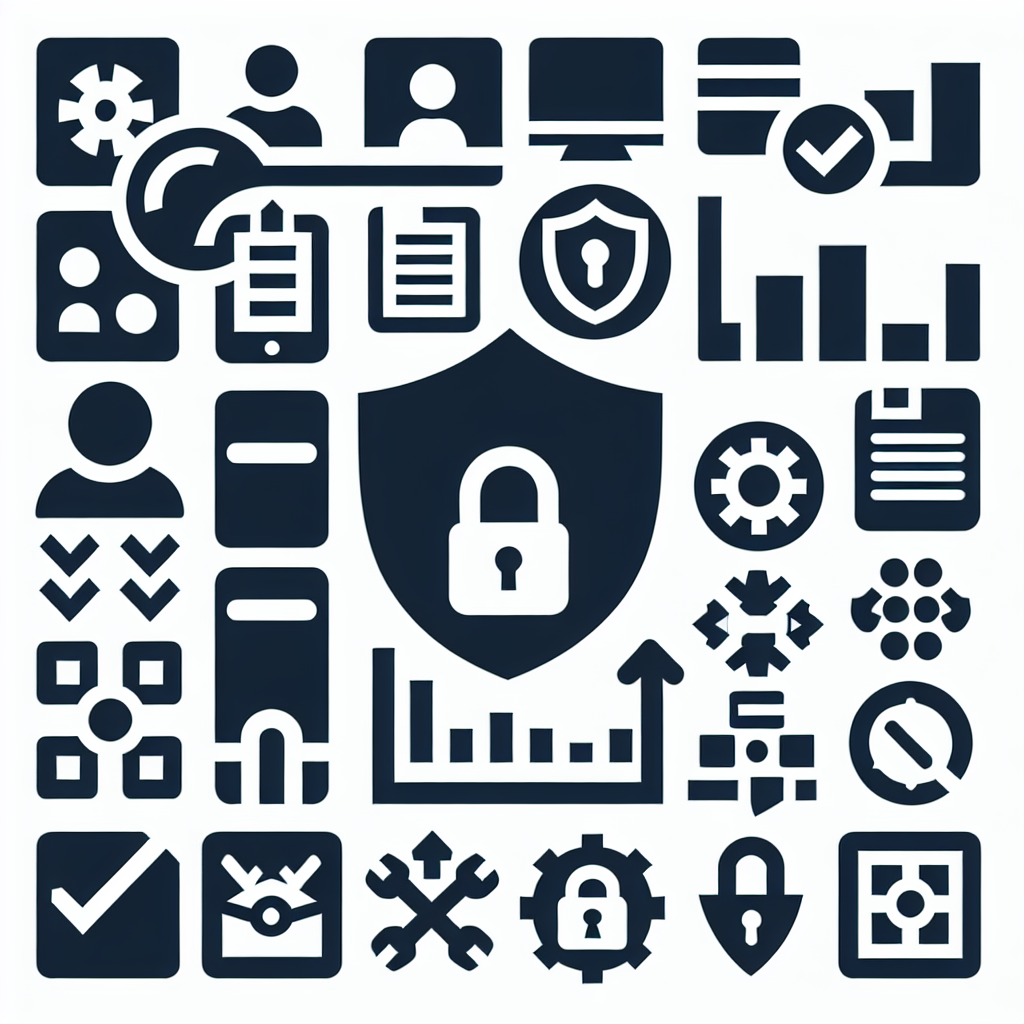
Bracketing is a practical, least‑privilege approach that limits who can do what and for how long. It reduces the chances of misuse and restricts what an attacker can reach if they compromise an account.

Bracketing is defined as granting the minimal set of permissions required to complete a task and revoking them immediately after. Teams use it to enforce the principle of least privilege, often through time‑bound and task‑specific access.
Because it limits damage from compromised accounts and accidental misuse. By keeping unnecessary privileges off accounts, organizations shrink their attack surface and make incident response simpler.
Bracketing is more granular and temporary than basic access control lists. Instead of broad or persistent permissions, bracketed access is scoped, time‑limited, and task‑focused.
Examples include issuing temporary admin rights for maintenance windows, short‑lived API tokens, and vaulted credentials that are checked out for a set time. These patterns stop lingering permissions that attackers can abuse.
Start by mapping who needs access to what and when, then apply role definitions that are narrow and time‑bound. Use automation—just‑in‑time access, vaulted secrets, and policy engines—to enforce and revoke privileges.
Yes. Automation is the most reliable way to apply bracketing at scale. Tools that support just‑in‑time elevation, time‑limited tokens, and approval workflows reduce manual errors and speed up resets.
RBAC provides role templates; bracketing narrows those roles for specific tasks or windows. Combine them by adding temporary role elevation and removing persistent wide roles where possible.
Overly complex rules, unclear revocation, and poor auditing can undermine bracketing. If temporary access isn’t monitored or logged, it can create blind spots that attackers exploit.
Track metrics like the number of privileged accounts, duration of elevated sessions, approval times, and audit log completeness. Regular reviews and access recertification help prove the approach works.
Sectors with sensitive data—healthcare, finance, and government—gain the most, but any organization that wants to reduce insider risk should adopt it. Bracketing is a universal tactic for lowering exposure.
Check vendor resources and maturity guides that cover least‑privilege enforcement and just‑in‑time access. For tools and services, explore Palisade to see how access controls and security monitoring fit together.